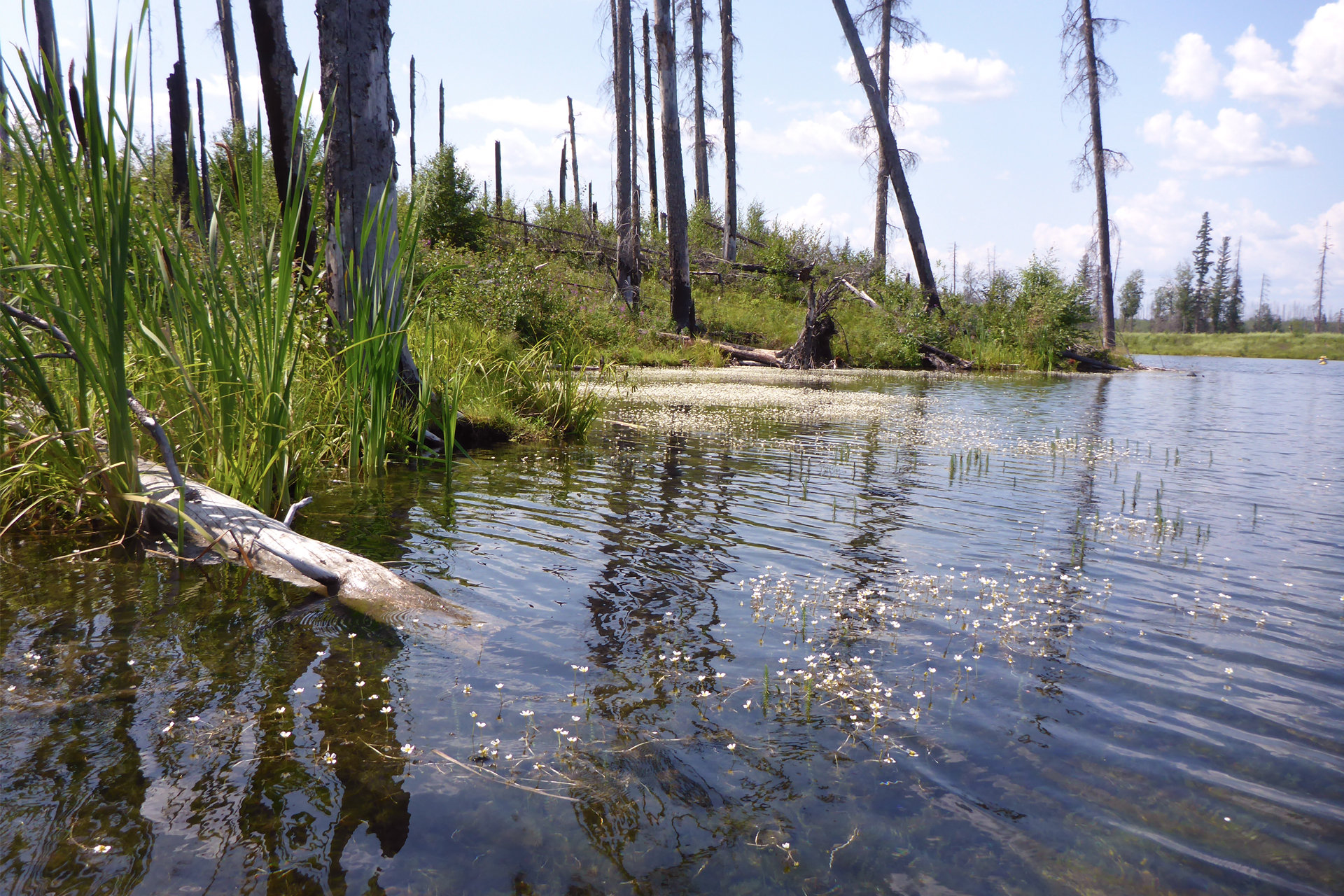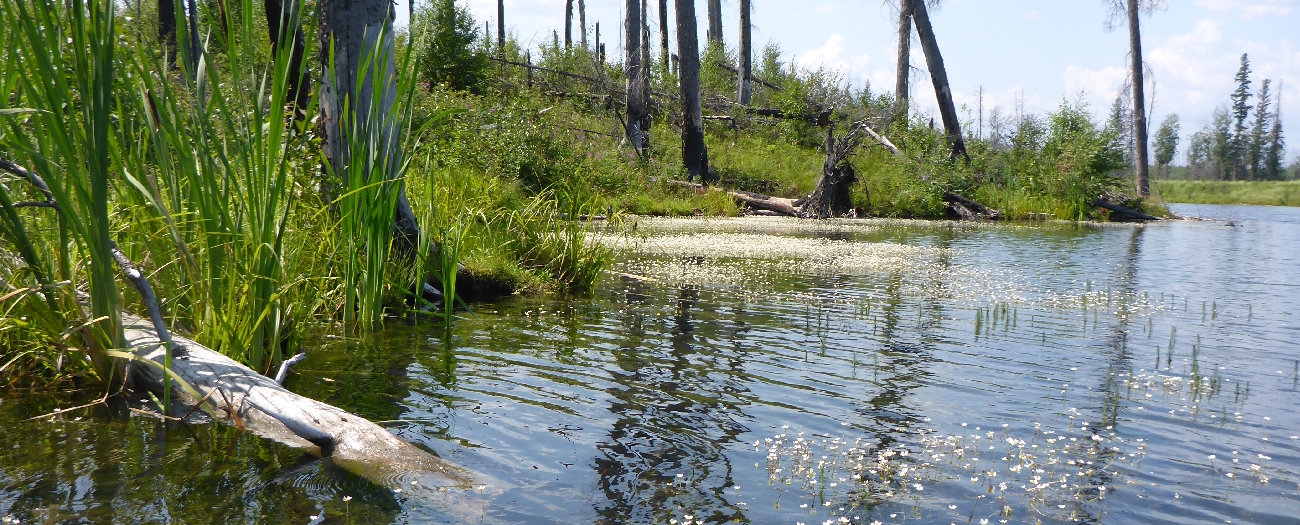Industry uses compensation lakes to create homes for displaced fish
Alberta - February 26, 2020There’s a tonne of science that goes into planning, constructing and monitoring these lakes, it’s very complicated.
Mike Hunka, Biologist
When we hear the word "compensation," we often think about money. But all Mike Hunka, a biologist at the Alberta Energy Regulator (AER), thinks about are walleye, grayling, and trout. In other words, fish.
Compensation lakes are made by companies to replace fish habitat that is removed or damaged as a result of large-scale development activities. While it is the right thing to do, replacing fish habitat that has been disturbed by energy development is also a requirement of the Department of Fisheries and Oceans Canada (DFO).
"Companies don't just build these lakes for the sake of getting a checkmark," explains Hunka. "They want them to be successful because they really need them to be. Most times, companies will plan to compensate for double the area that is lost just to be sure it will meet their offsetting obligations under the federal Fisheries Act."
There are currently 10 compensation lakes in Alberta, five in the coal regions and five in the oil sands region, with the largest being Horizon Lake, which was built in 2008. Currently, there are three more lakes planned in the oil sands in relation to new or expanding projects.
If You Build It, They Will Come
Ultimately, the goal of a compensation lake is to function as naturally as any other body of water. Their design incorporates all of the natural features of the original ecosystem, including living and non-living components.
Planning for such a complex environment involves many different aspects, including what types of species will use the area and for what purposes. This holistic approach helps ensure that the lake will become self-sustaining.
"There's a tonne of science that goes into planning, constructing and monitoring these lakes, it's very complicated," says Hunka.
Planning a lake all starts with a land assessment to determine if there are any rare or endangered species and how they interact with the land, or if there is potential for further resource development that would be impacted. The lake must also be built away from any source of contamination. Then, of course, consultation with stakeholders including local indigenous groups, and government agencies must be done. The final decision on the location, plan and construction of compensation lakes lies with DFO, with supporting approvals from the AER.
The lakes also need to be connected to natural water systems to allow naturally-occurring elements to flow into the artificial setting. Another benefit of connecting the lakes to natural systems is to allow the aquatic ecosystem to develop organically.

Composition of the Compensation
Fish require a lot more than water to ensure their survival, so much care is taken to ensure that fish not only survive but thrive. Elements that encourage proper spawning must be included, as well as tree debris on the bottom of the lake to provide cover, and other essential items for fish survival.
The types of fish species that live in compensation lakes are typically determined by consultations with the federal and provincial governments, and with indigenous people who will use the lake. In the oil sands region, typical fish species include northern pike, walleye, arctic grayling and suckers, along with many smaller forage fish species, like minnows. In the coal regions of Alberta, typical fish species include native trout populations, like Athabasca rainbow trout and bull trout, along with forage fish species and macroinvertebrates.
There are many different species that benefit from these ecosystems. In addition to fish populations, compensation lakes also provide habitat for amphibians, such as frogs; aquatic mammals, like beavers and muskrats; and various bird species, like eagles and osprey.
More Than Just a Numbers Game
Defining the success of a compensation lake is easy: does it function like a natural lake and is it self-sustaining? Measuring that success is anything but easy.
"Biology is not math, there's no certainty. There are so many compounding factors to take into consideration like genetics and species-specific characteristics," says Hunka. "Add environmental variations to that and you've got a whole lot of arbitrary outcomes to deal with."
Companies monitor the lakes to assess the overall health of the ecosystem. These monitoring programs include comparing fish stocks year-over-year. However, it's not just how many fish are present, but how big they are in terms of size and age.
"We want to see comparable levels of productivity in the compensation lake, levels that match natural analogues, with old and young fish. That's how we can tell if the lake is becoming self-sustaining when monitoring shows a trend of stable biomass and population demographics over a number of years," says Hunka.
External News Coverage
‘Playing God’: Exploring the depths of the oil industry’s compensation lakes
CBC | November 24, 2019
Kate Bowering, Writer


